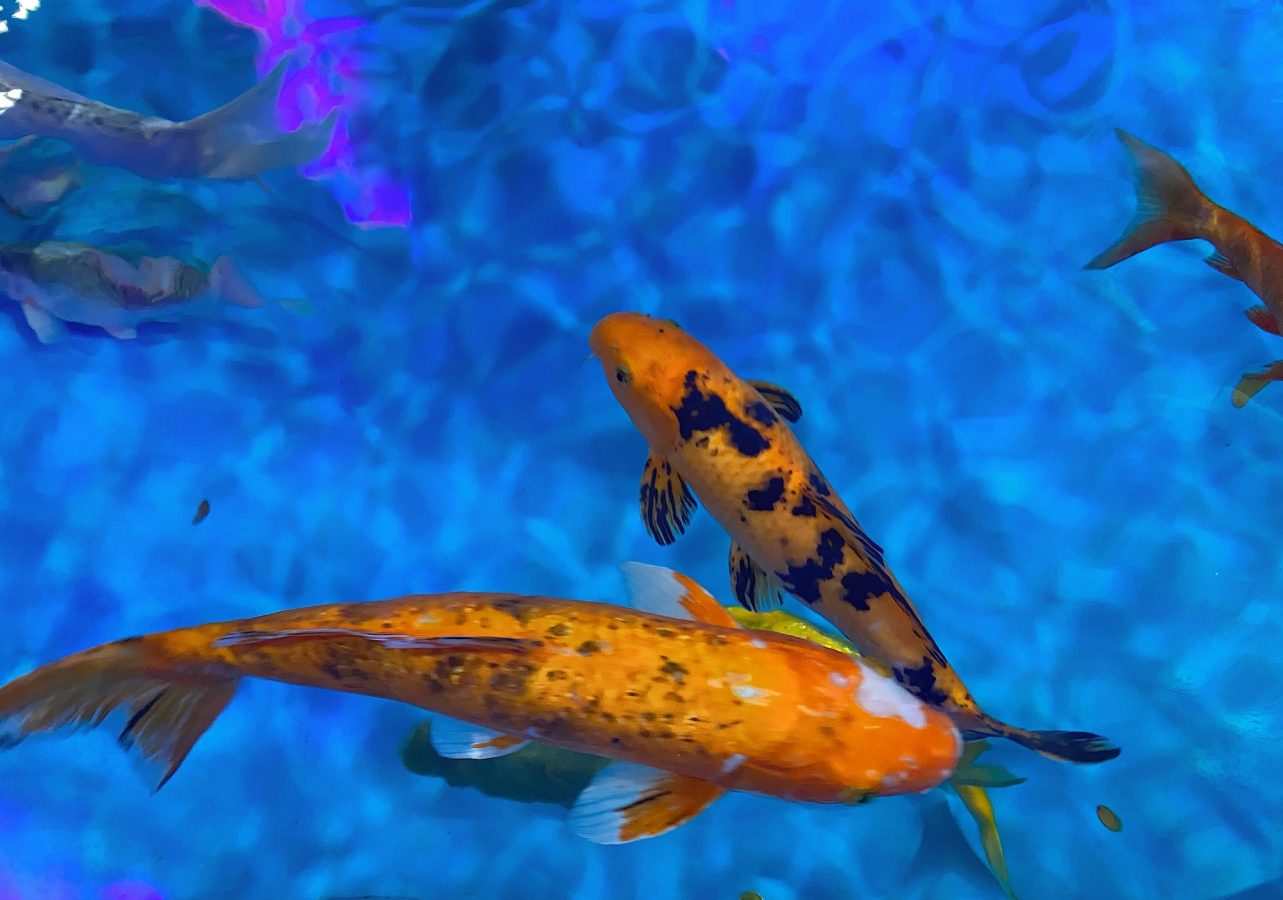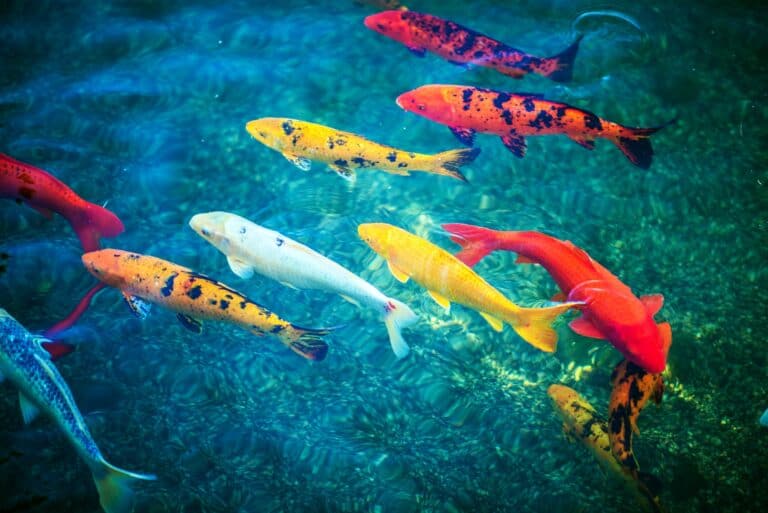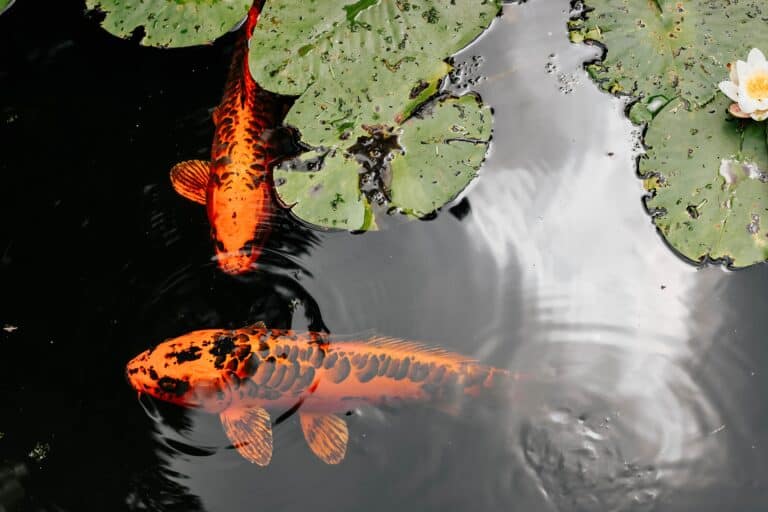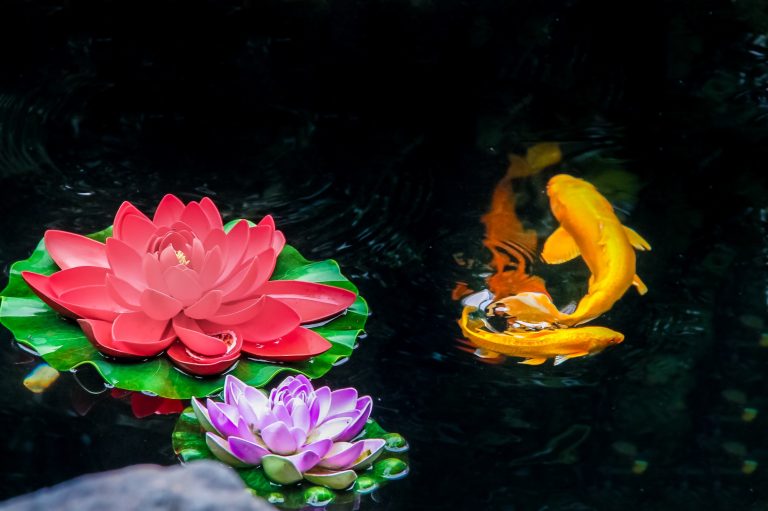How To Select Koi Fish For Breeding Stock
How to select Koi fish for breeding can be daunting. With so many varieties and colors, it’s hard to know where to start. Whether you’re a first-time koi fish breeder or an experienced one looking to add new bloodlines, this article will help you decide which fish best suits your needs.
Selecting the appropriate koi fish breeding stock begins with understanding the different types of fish available. Each species has its unique characteristics that make it stand out from the rest. Researching these traits and determining which kind of koi best suits your pond and breeding goals is essential.
Select Koi Fish For Breeding

Yes, some species of koi fish are easier to breed than others. Generally, the Kohaku, Sanke, and Showa koi varieties are easier to breed because they are more resilient and have fewer genetic defects. These varieties also tend to have a higher breeding success rate and produce more offspring.
On the other hand, some varieties, such as the Doitsu and Gin Rin koi, can be more challenging to breed due to their genetic complexities and susceptibility to diseases. Additionally, breeding koi fish requires careful selection of breeding pairs, strict water quality control, and attention to temperature and feeding regimes. Thus, regardless of the koi variety, breeding koi fish is a complex process that requires patience, experience, and knowledge.
Types Of Koi Fish
When selecting koi fish breeding stock, it’s essential to understand the different types of koi. There are many varieties available, and each has its unique characteristics.
Kohaku is the most popular type of koi. These fish have white bodies with a red pattern on their scales. They’re considered a classic choice for koi ponds and aquariums. Taisho Sanke is another common variety of koi; they have white bodies with red and black markings that resemble abstract paintings. Showa Sanshoku is similar in appearance to the Taisho Sanke but with a black body instead of white.
Gin Rin Kohaku is distinguished by its sparkling scales, which reflect light like diamonds. Gin Rin Showa Sanshoku has the same shimmering effect on its black body and red and black markings as Gin Rin Kohaku does on its white body and red patterning. Ogon Koi are solid metallic colors, such as gold or silver, while Bekko Koi are solid colors, like yellow or cream.
No matter what type you choose, koi can bring beauty and life to any pond or aquarium. When selecting breeding stock, research the different kinds of koi to find the best fit for your needs.
Anatomy Of A Healthy Fish
When selecting koi fish breeding stock, it’s essential to understand the anatomy of a healthy fish. The first step is to examine the fish for overall health. Look for signs of disease, such as lesions, discoloration, or any abnormalities in the fins and tail. Check that their eyes are clear and free from any cloudiness or bulging. Also, ensure they have no gill damage or infection.
Next, take a closer look at the body shape and size of the koi fish. Ensure they’re not too thin or fat; an ideal body should be plump with a rounded abdomen and well-developed muscles. Examine their scales; they should be smooth and evenly laid out without bumps or deformities.
Finally, look for signs of good vigor in your potential koi breeding stock. They should exhibit dynamic behavior with strong swimming movements, have normal appetite levels, and show good coloration when held up to light – all signs of a healthy koi fish!
Female Koi
When selecting female koi fish for breeding, there are a few essential factors to consider. First and foremost, you should choose a female that is healthy and in good condition. Look for a fish with a plump, rounded belly, clear eyes, and shiny scales.
Choosing a female with a good body shape, a deep, broad body, and a well-defined head and tail is also essential. Additionally, you should consider the color and pattern of the female koi. Select a female that has desirable coloration and patterns that complement those of the male you plan to breed her with. Choosing a healthy, well-shaped, visually appealing female koi increases the chances of producing high-quality offspring.
Age
The age at which a female koi fish is suitable for breeding can vary depending on the individual fish and the breeders’ goals. Generally, female koi are considered mature enough to breed when they reach three to four years of age, although some may not be fully mature until they are five or six.
It’s essential to wait until a female koi is fully mature before breeding her to ensure that she is physically and sexually developed enough to produce healthy offspring. Breeding a female koi that is too young can lead to stunted growth or other health issues and may result in lower-quality offspring. Ultimately, the decision on when to breed a female koi should be based on her health and maturity and the breeder’s goals.
Male Koi
Several important factors must be considered when selecting male koi fish for breeding stock. The first is the overall health and condition of the fish. Look for an active, alert male in good physical condition, with clear eyes, smooth scales, and no visible signs of disease or injury. It would be best to choose a male with a good body shape, a broad and deep body, a well-defined head and tail, and solid and muscular fins. Another essential factor to consider is the color and pattern of the male koi.
Choose a male with desirable coloration and patterns that complement those of the female you plan to breed him with. Finally, selecting a male with good genetic potential for producing high-quality offspring is essential. Look for a male with a strong, healthy, attractive, and successful offspring lineage. You increase the likelihood of producing high-quality offspring by choosing a nutritious, well-shaped, visually appealing, and genetically superior male koi.
Age
When selecting koi fish for breeding stock, there are several important factors, including age and size. Generally, koi should be at least three to four years old before they are mature enough for breeding. It’s essential to wait until a fish is fully mature before breeding them to ensure they are physically and sexually developed enough to produce healthy offspring.
In terms of size, koi should be large enough to handle the stresses of breeding, which can be physically demanding. The ideal size will depend on the breed and individual fish, but koi should generally be 12 inches long before they are considered large enough to breed. However, it’s important to note that size alone is not the only factor to consider when selecting koi for breeding stock. Factors such as overall health, body shape, coloration, and genetic potential should also be considered to produce the highest quality offspring possible.
Conclusion
In conclusion, selecting koi fish for breeding stock requires careful consideration of several factors. Selecting fish with desirable physical traits, such as body shape, color, and pattern, is essential when choosing breeding pairs. It’s also crucial to choose healthy fish, free of genetic defects and exhibit good behavior and temperament.
While some koi fish varieties may be easier to breed, the breeding process requires excellent attention to detail, strict water quality control, and careful management of temperature and feeding regimes. With proper selection and care, however, breeding koi fish can result in healthy, strong, and beautiful offspring that will continue to thrive for generations.
Originally posted 2023-04-01 08:39:04.









